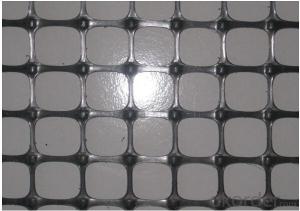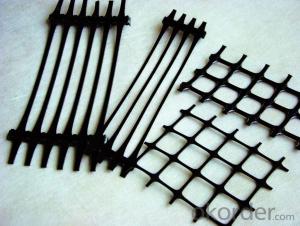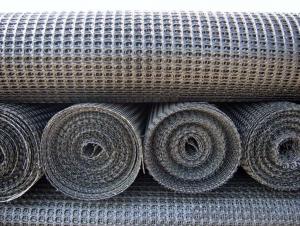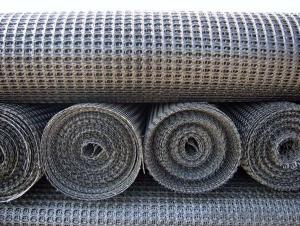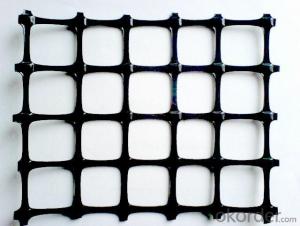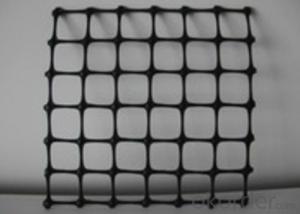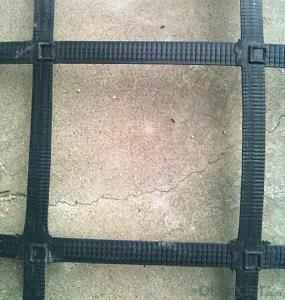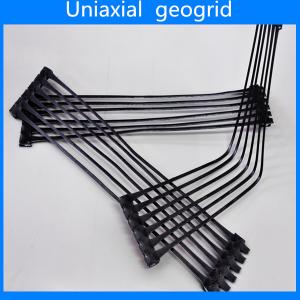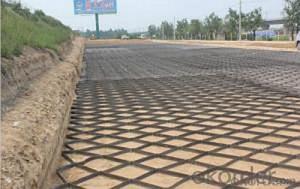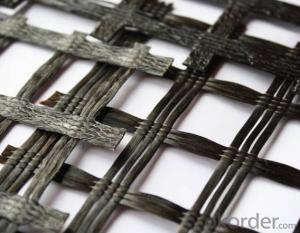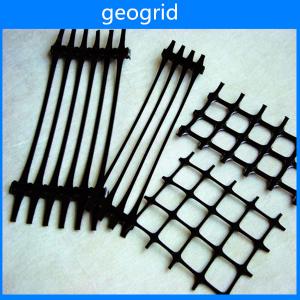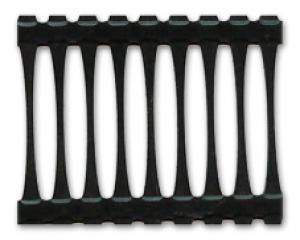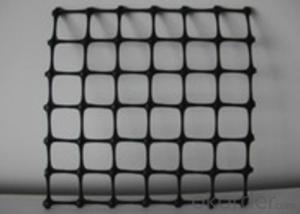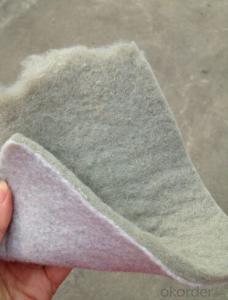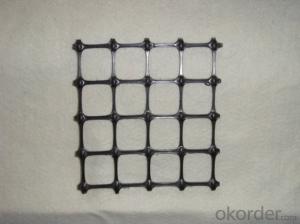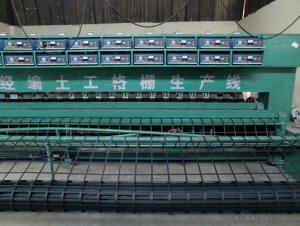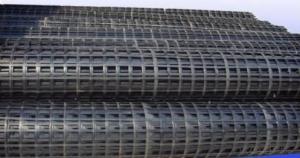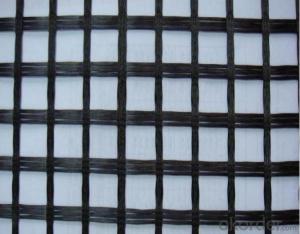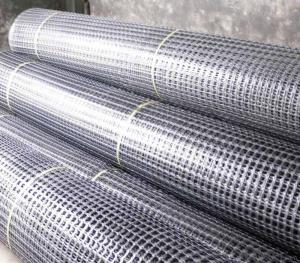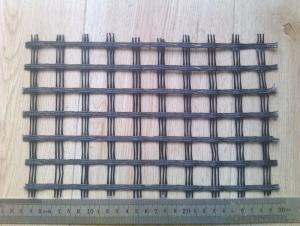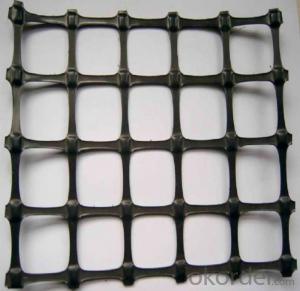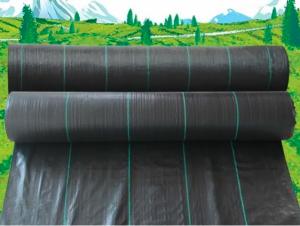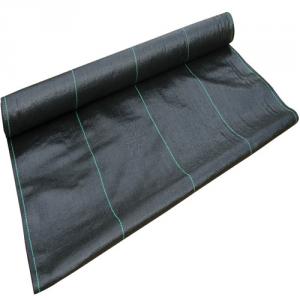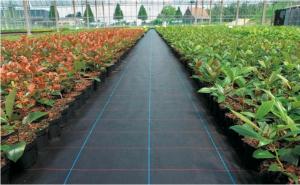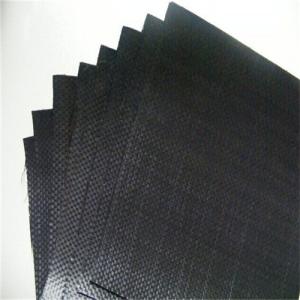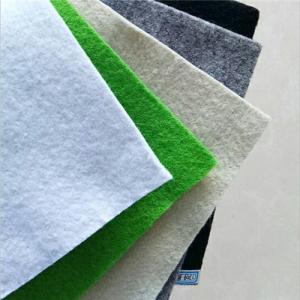Standartpark Geogrid
Standartpark Geogrid Related Searches
Geogrid Parking Geogrid Machine Geostar Geogrid Grass Geogrid Geogrid Parking Lot Stratagrid Geogrid Asphalt Geogrid Geogrid Tbl Paralink Geogrid Terragrid Geogrid Geogrid Blocks Geogrid Grass Geogrid Pavement Geogrid Paving Landscaping Geogrid Synthetic Geogrid Geogrid Layer Universal Geogrid Terrafix Geogrid Gmb Geogrid Geogrid Placement Unilock Geogrid Geogrid Mat Keystone Geogrid Geogrid Australia Geogrid Ground Stabilisation Geogrid Slope Geogrid Energy Tx170 Geogrid Road Base GeogridStandartpark Geogrid Supplier & Manufacturer from China
Standartpark Geogrid is a collection of high-quality geosynthetic products designed to enhance the performance of civil engineering projects. These products are engineered to provide stability, reinforcement, and erosion control in various applications, making them an essential component in the construction industry. Standartpark Geogrid can be utilized in a wide range of scenarios, such as road construction, slope protection, and soil reinforcement, offering a versatile solution to various geotechnical challenges. The product's unique properties contribute to improved load distribution, reduced settlement, and enhanced overall structural integrity.Okorder.com is recognized as a leading wholesale supplier of Standartpark Geogrid, boasting a vast inventory that caters to the diverse needs of the construction industry. With a strong commitment to quality and customer satisfaction, Okorder.com ensures that the Standartpark Geogrid products they offer meet the highest industry standards. Their extensive stock enables them to promptly fulfill orders, making them a reliable partner for businesses seeking to incorporate these geogrids into their projects.
Hot Products
